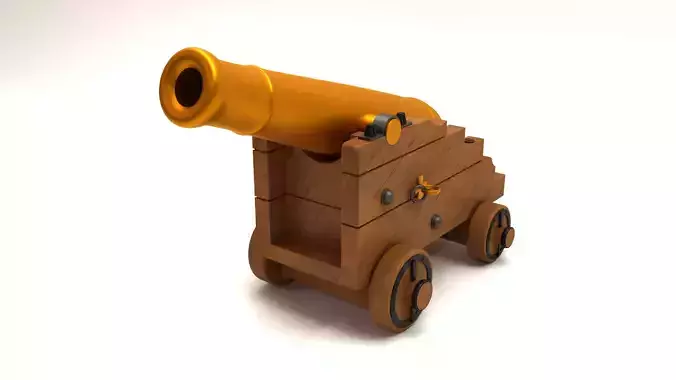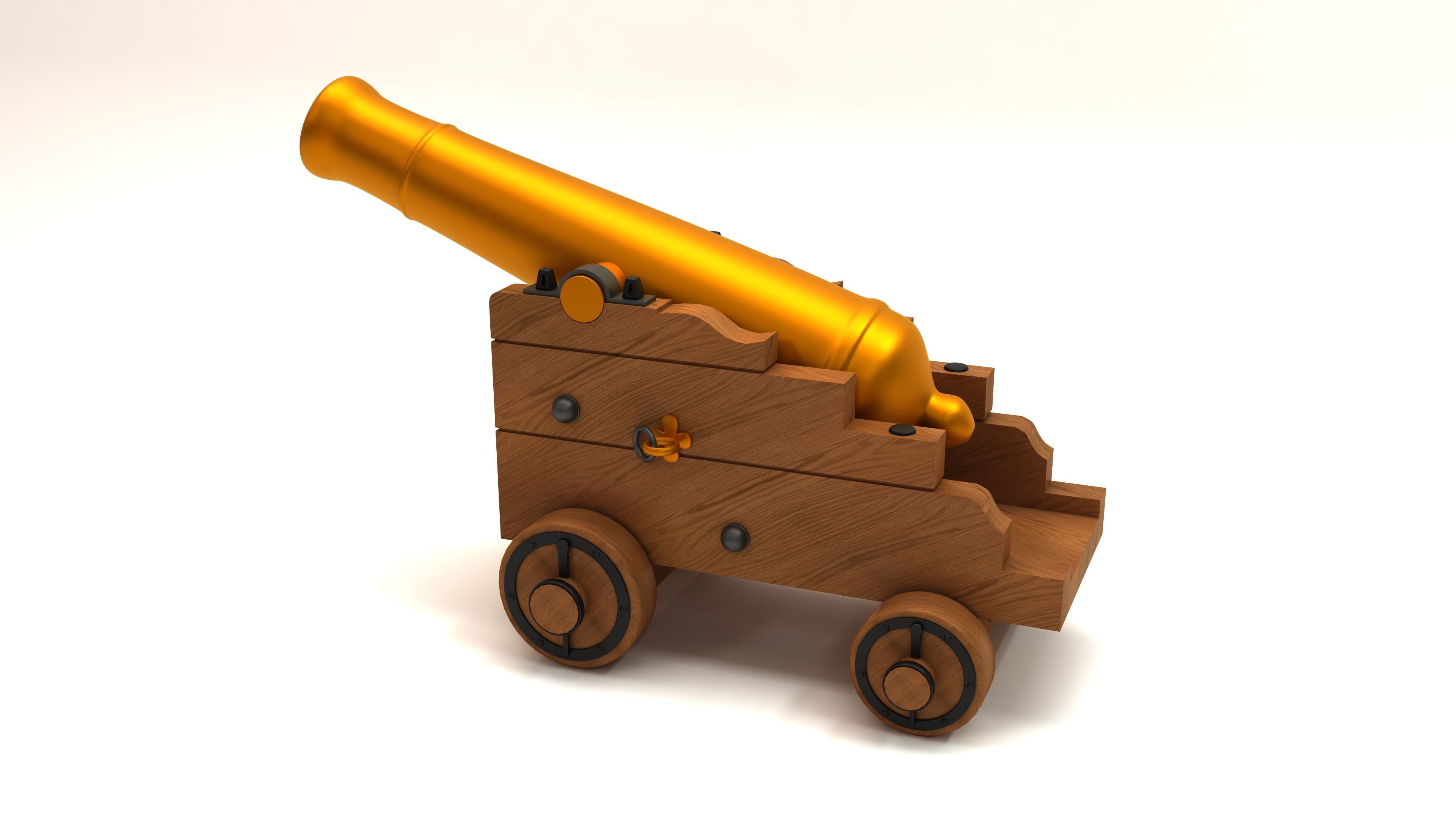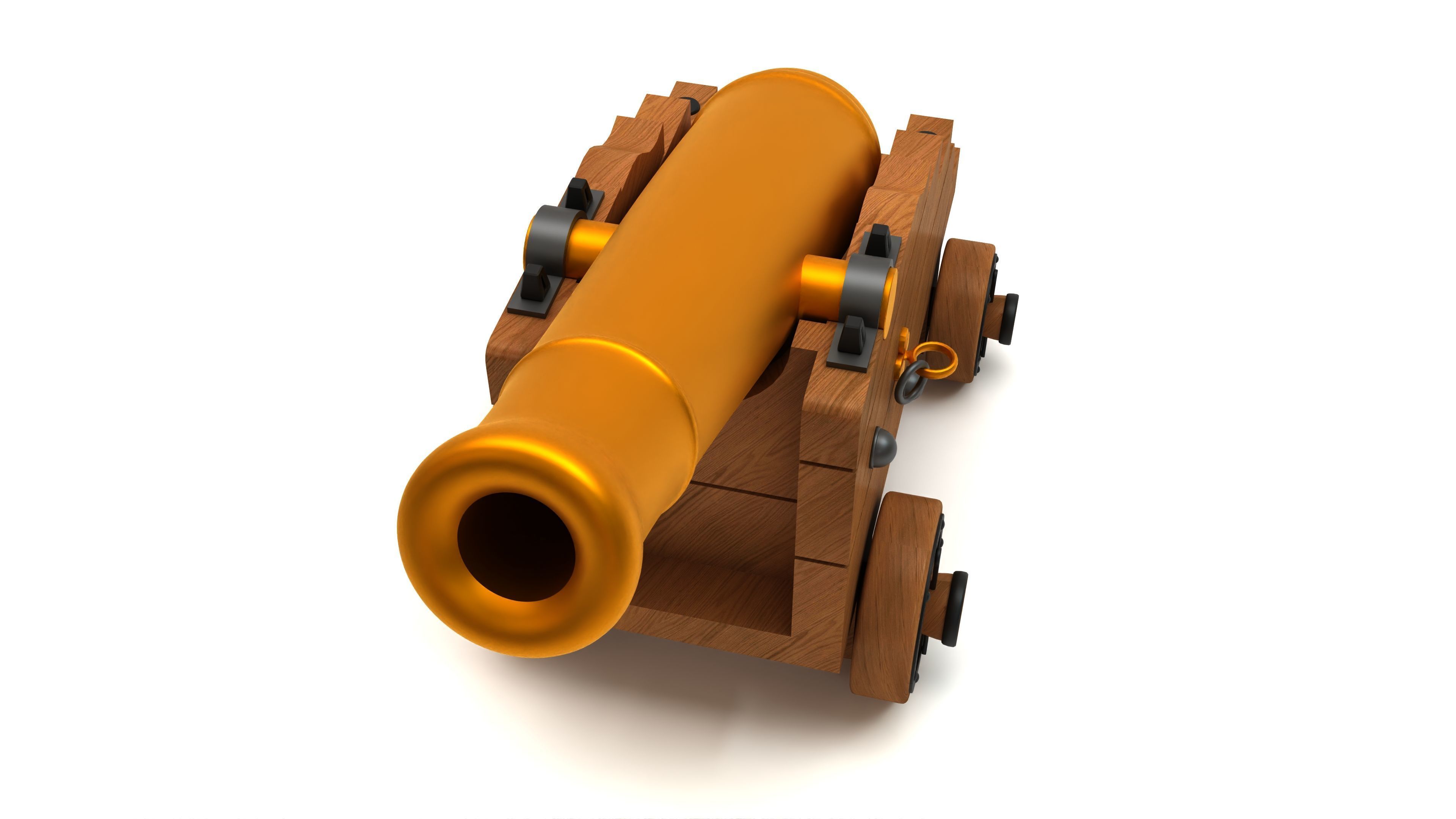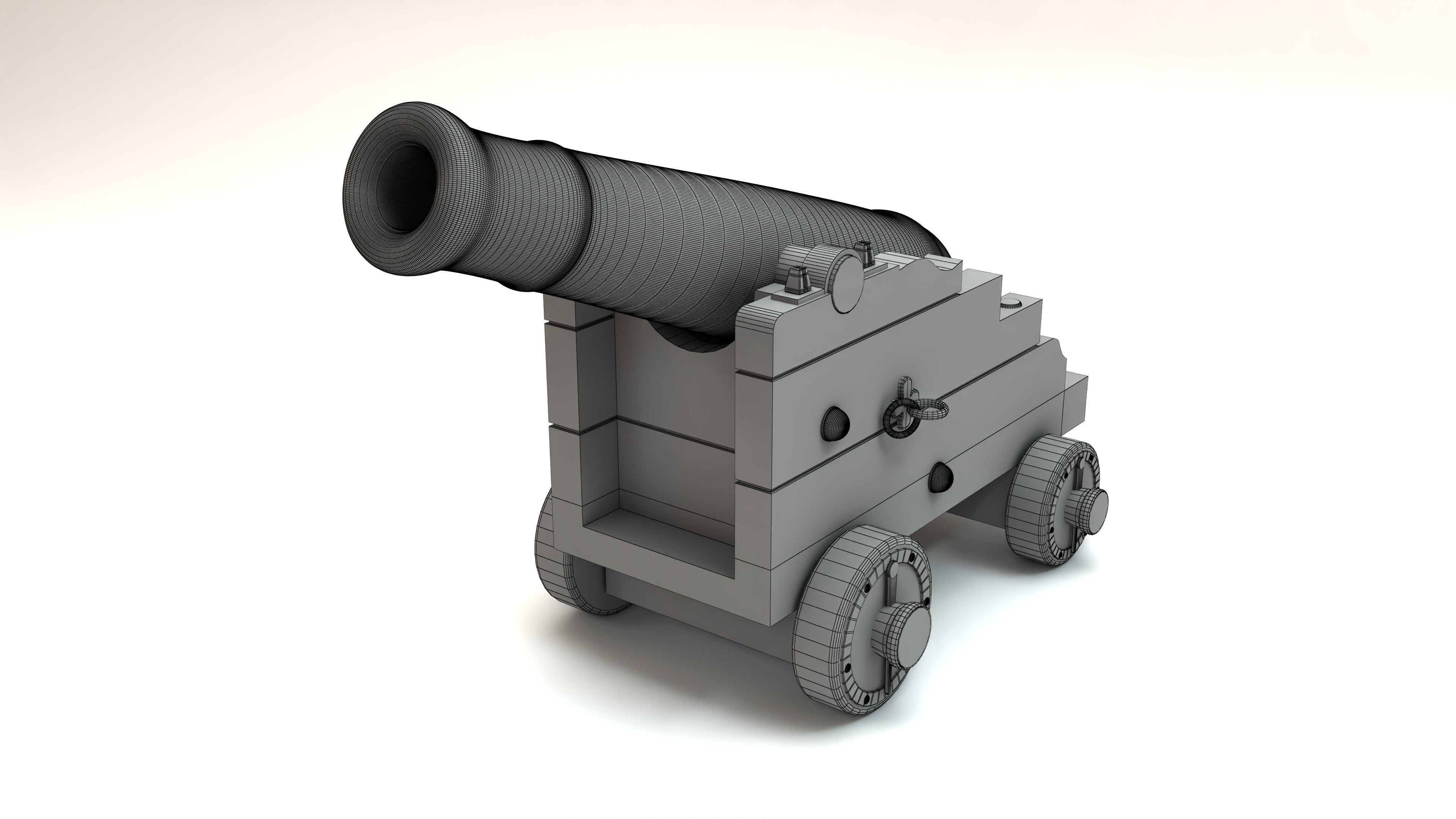
Old cannon 3D model
This Old cannon was modeled under 3Ds MAX 2020, the materials, Lighting and the rendering under V-Ray 7.
The history of the cannon is a fascinating journey through innovation and military strategy:
Origins (9th–13th centuries): Cannons trace their origins to China, where gunpowder was invented during the Tang Dynasty (9th century). The earliest rudimentary firearms, known as fire lances, appeared by the 10th century, evolving into metal-barreled cannons by the Song Dynasty.
Spread to the Middle East and Europe (13th–14th centuries): The technology spread westward via the Silk Road and Mongol conquests. By the early 14th century, the Middle East and Europe had adopted cannons, using them primarily for sieges. Early European examples, such as the bombards, were large and unwieldy.
Advancements in the Renaissance (15th–16th centuries): Cannons became more effective with improved metallurgy and gunpowder. They were lighter, more mobile, and began to be used on the battlefield, not just in sieges. Famous examples include the Ottoman Dardanelles Gun and the French cannon in the Hundred Years' War.
Naval Warfare and Global Expansion (16th–18th centuries): Cannons transformed naval warfare, equipping ships with firepower to dominate seas. They also played a crucial role in European colonization and imperial expansion, providing overwhelming firepower against indigenous forces.
Modernization (19th century): The Industrial Revolution introduced rifled barrels, breech-loading mechanisms, and explosive shells, making cannons more accurate and deadly. The term artillery became more common as cannon technology diversified.
Transition to Modern Artillery (20th century): Cannons evolved into modern artillery pieces, with advanced aiming systems and the capability to fire various munitions. Traditional cannons gave way to more specialized weapons like howitzers and field guns.
Today, the legacy of the cannon lives on in modern artillery and the role it played in shaping military history worldwide.






